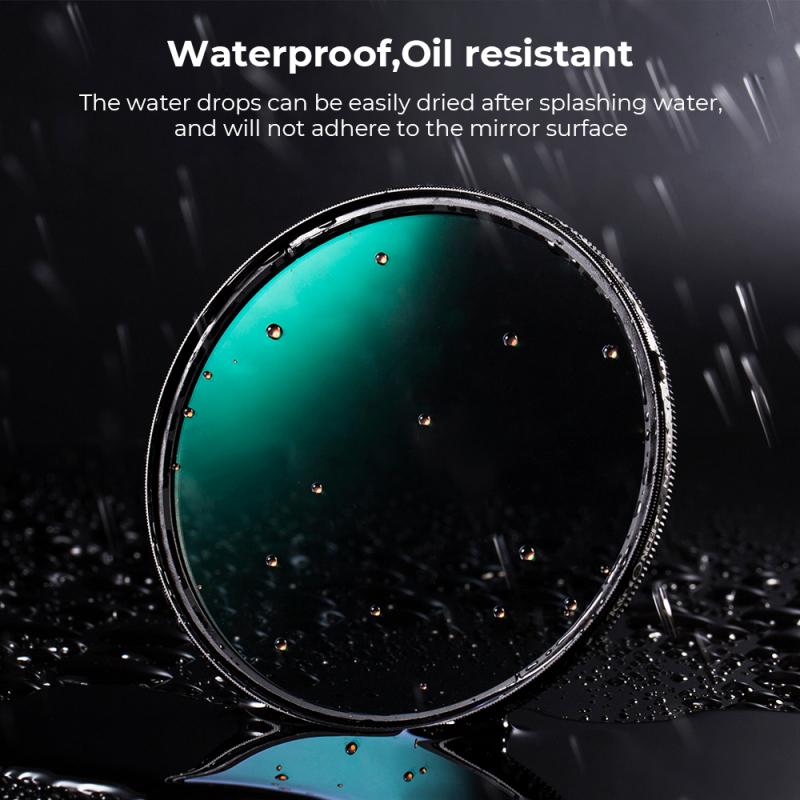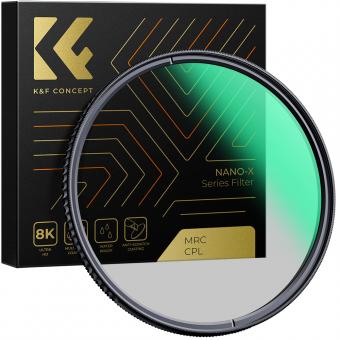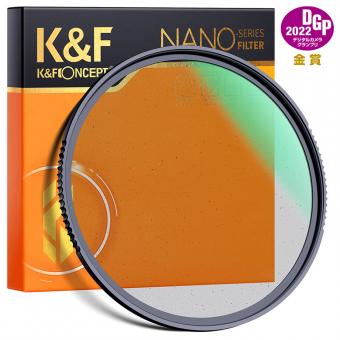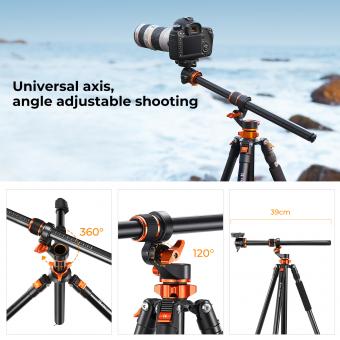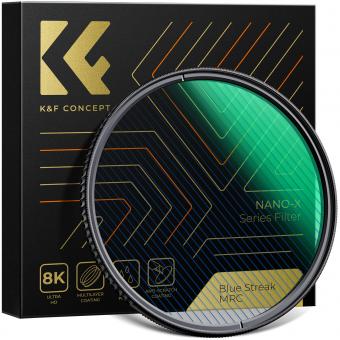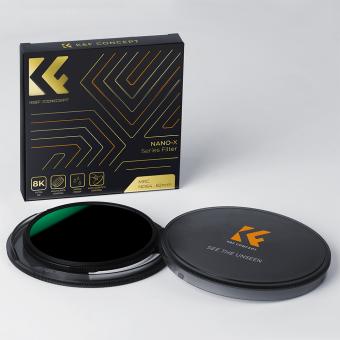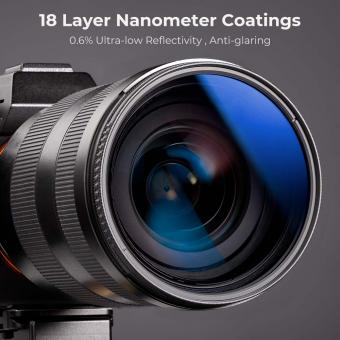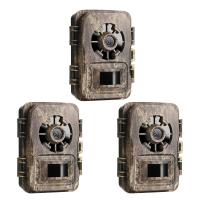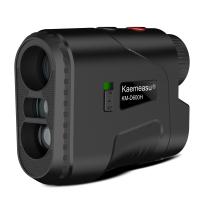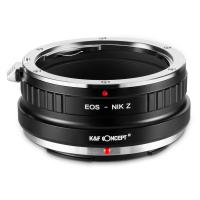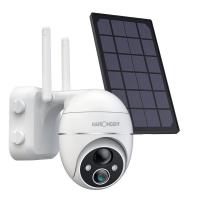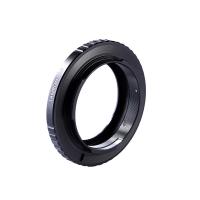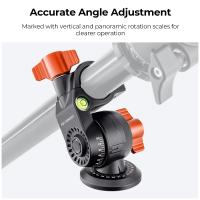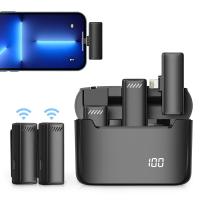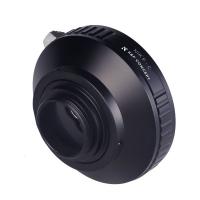When Should You Use A Polarizing Filter ?
A polarizing filter should be used when you want to reduce glare and reflections from non-metallic surfaces such as water or glass. It can also enhance the saturation and contrast of colors in your photographs.
1、 Reducing glare and reflections in photography and videography.
When should you use a polarizing filter? A polarizing filter is a valuable tool in photography and videography, primarily used for reducing glare and reflections. It is particularly useful in various situations where unwanted reflections can hinder the quality of the image or video.
One common scenario where a polarizing filter is beneficial is when shooting landscapes. When photographing a scene with water, such as a lake or river, the surface can often reflect sunlight, resulting in a distracting glare. By using a polarizing filter, you can effectively reduce or eliminate this glare, allowing the viewer to focus on the natural beauty of the landscape. Additionally, the filter can enhance the colors and contrast in the sky, making the clouds appear more defined and vibrant.
Another instance where a polarizing filter proves useful is when capturing images or videos through glass or windows. Whether you are photographing a subject behind a window or shooting from inside a car, reflections can significantly degrade the quality of the shot. By using a polarizing filter, you can minimize these reflections, allowing for a clearer and more detailed image.
Furthermore, a polarizing filter can be employed in portrait photography to reduce unwanted reflections on the subject's skin or glasses. It can help to eliminate shiny spots caused by oily skin or bright lights, resulting in a more flattering and professional-looking portrait.
It is important to note that the effectiveness of a polarizing filter depends on the angle at which the light is hitting the subject. Therefore, it is crucial to adjust the filter's orientation by rotating it until the desired effect is achieved. Additionally, polarizing filters work best in outdoor environments with ample sunlight.
In conclusion, a polarizing filter is an essential tool for photographers and videographers, particularly when it comes to reducing glare and reflections. Whether you are shooting landscapes, capturing images through glass, or taking portraits, a polarizing filter can greatly enhance the quality of your work by minimizing unwanted reflections and improving overall image clarity.
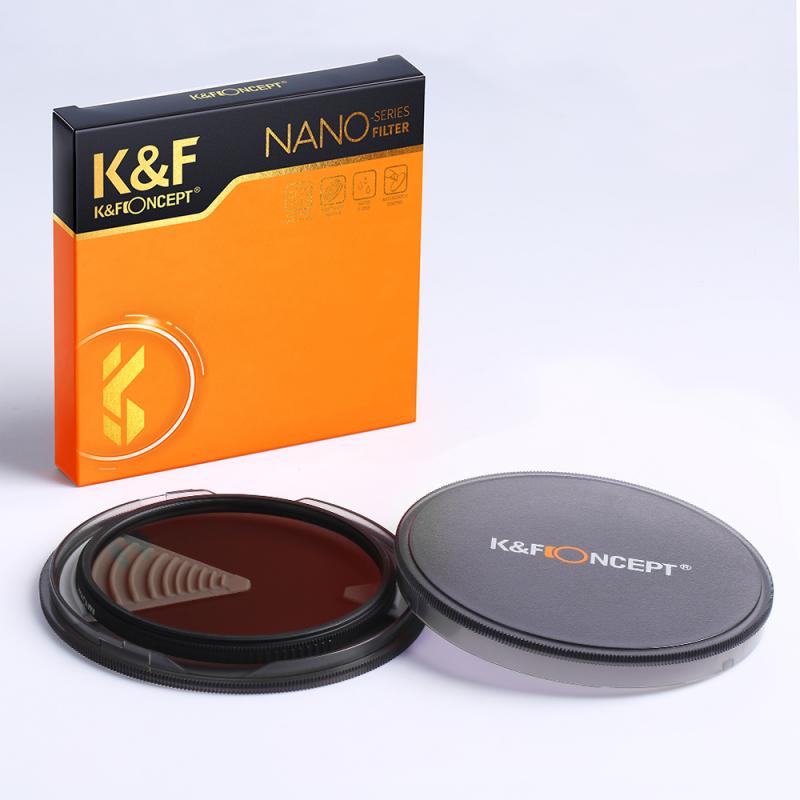
2、 Enhancing color saturation and contrast in outdoor scenes.
When should you use a polarizing filter? One of the main reasons to use a polarizing filter is to enhance color saturation and contrast in outdoor scenes. This filter is particularly useful when photographing landscapes, nature, and architecture.
A polarizing filter works by reducing glare and reflections from non-metallic surfaces such as water, glass, and foliage. By eliminating these reflections, the filter allows the true colors and details of the scene to come through, resulting in more vibrant and saturated colors. It also helps to deepen the blue of the sky, making it appear richer and more intense.
In addition to enhancing color saturation, a polarizing filter also improves contrast in outdoor scenes. It darkens the sky, making clouds stand out more and creating a more dramatic effect. It also helps to bring out the details in clouds and adds depth to the overall image.
Furthermore, a polarizing filter can be used to reduce haze and atmospheric pollution, especially in landscape photography. It helps to cut through the haze and make distant objects appear clearer and more defined.
It is important to note that the effectiveness of a polarizing filter depends on the angle at which it is used. The maximum polarization effect is achieved when the camera is pointed at a 90-degree angle from the direction of the light source. Therefore, it is best to use a polarizing filter when the sun is at a 90-degree angle to the subject, typically during the early morning or late afternoon.
In conclusion, a polarizing filter is a valuable tool for enhancing color saturation and contrast in outdoor scenes. It helps to reduce glare, deepen the blue of the sky, improve contrast, and reduce haze. By using a polarizing filter effectively, photographers can capture more vibrant and captivating images.
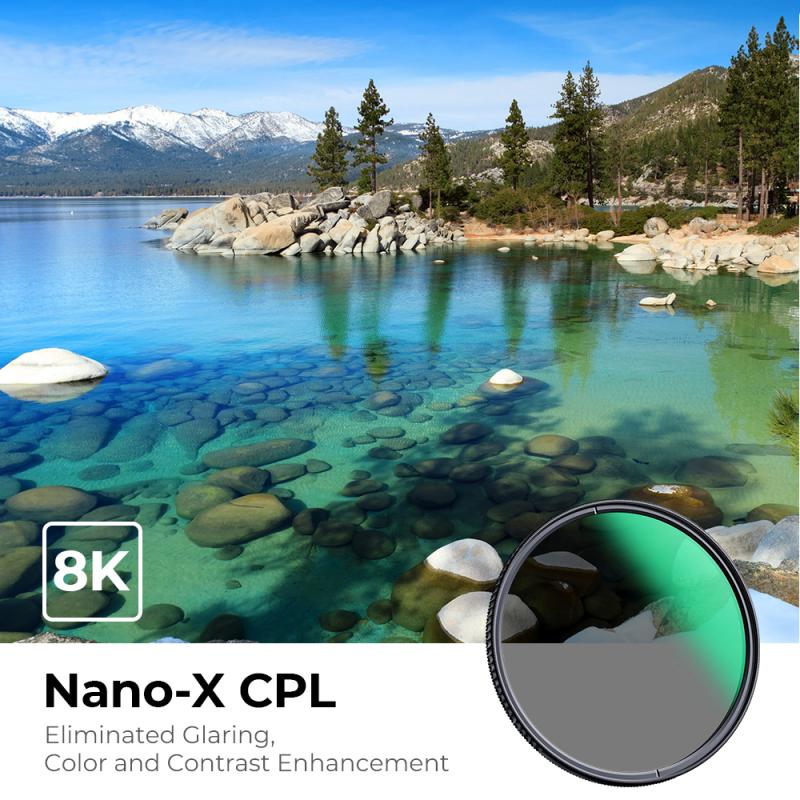
3、 Minimizing atmospheric haze and improving overall image clarity.
When should you use a polarizing filter? One of the main reasons to use a polarizing filter is to minimize atmospheric haze and improve overall image clarity. This is especially useful when photographing landscapes or outdoor scenes.
Atmospheric haze is caused by the scattering of light particles in the atmosphere, which can result in a loss of contrast and detail in photographs. A polarizing filter helps to reduce this haze by selectively blocking certain polarized light waves. By doing so, it enhances the colors and details in the scene, resulting in a clearer and more vibrant image.
In addition to reducing haze, a polarizing filter can also be used to enhance the colors of the sky and foliage. When rotated at the correct angle, it can deepen the blue of the sky and make clouds stand out more prominently. It can also reduce reflections on water or glass surfaces, allowing you to see through them more clearly.
Furthermore, a polarizing filter can be beneficial in situations where there is excessive glare or reflections. For example, when photographing a body of water or a window, the filter can help to eliminate or reduce the reflections, allowing you to capture the subject behind the reflection more effectively.
It is important to note that the effectiveness of a polarizing filter can vary depending on the angle of the light source and the position of the photographer. Therefore, it is recommended to experiment with different angles and positions to achieve the desired effect.
In conclusion, a polarizing filter is a valuable tool for photographers looking to minimize atmospheric haze, improve image clarity, enhance colors, and reduce reflections. It can greatly enhance the overall quality of outdoor photographs, making it a worthwhile addition to any photographer's toolkit.
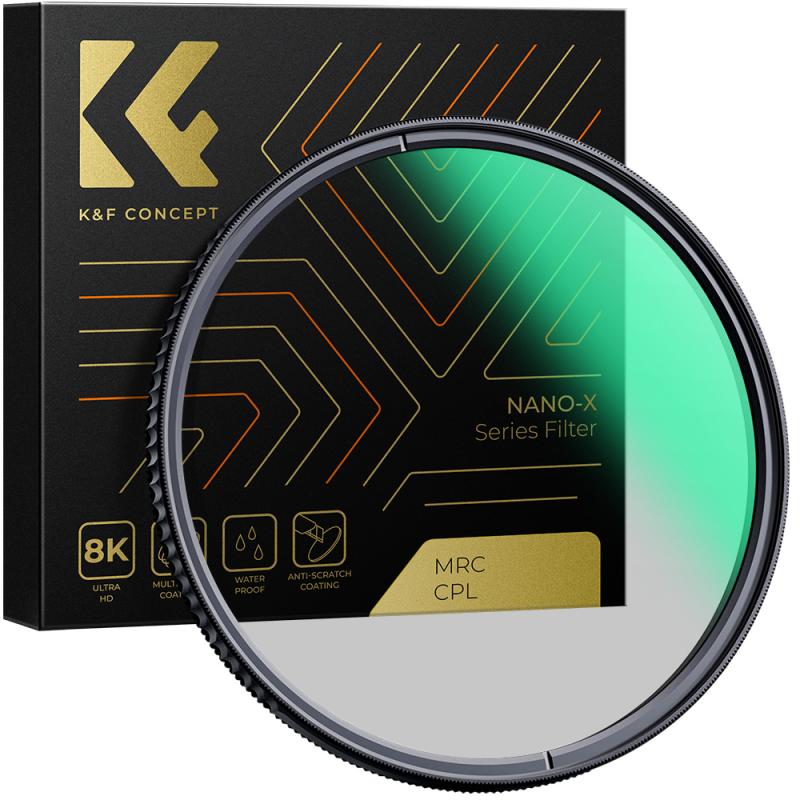
4、 Increasing the visibility of underwater subjects in photography.
When should you use a polarizing filter? One situation where a polarizing filter can be particularly useful is when capturing underwater subjects in photography. Underwater photography presents unique challenges, such as reduced visibility due to water particles and reflections on the water's surface. A polarizing filter can help overcome these challenges and enhance the visibility of underwater subjects.
When light reflects off the water's surface, it becomes polarized, meaning the light waves align in a specific direction. This polarization can cause unwanted reflections and glare in underwater photography, making it difficult to see and capture the subjects clearly. By using a polarizing filter, you can effectively reduce these reflections and enhance the visibility of underwater subjects.
The polarizing filter works by selectively blocking certain polarized light waves. When rotated correctly, it can eliminate or minimize reflections from the water's surface, allowing you to see through the water and capture the subjects with greater clarity. This is especially beneficial when photographing marine life, coral reefs, or other underwater scenes where capturing details and vibrant colors is crucial.
It is important to note that the effectiveness of a polarizing filter in underwater photography can vary depending on factors such as water clarity, depth, and the angle of the sun. Therefore, it is recommended to experiment with different filter orientations and settings to achieve the desired results.
In conclusion, a polarizing filter can be a valuable tool for increasing the visibility of underwater subjects in photography. By reducing reflections and glare caused by polarized light, it allows photographers to capture underwater scenes with enhanced clarity and vibrant colors. However, it is essential to understand the specific conditions and adjust the filter accordingly to achieve optimal results.
